A Tour of History in San Gabriel
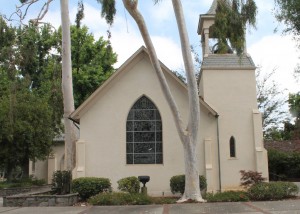
The Church of Our Saviour, an Episcopal church, located at 535 West Roses Road, was established in 1867. The beautiful church is located on a very large parcel of land in a residential neighborhood.
Members of the Historical Society of Monterey Park toured the church and cemetery on June 30th. We thanked our tour guide, Yuhadhi for his historical update on this church.
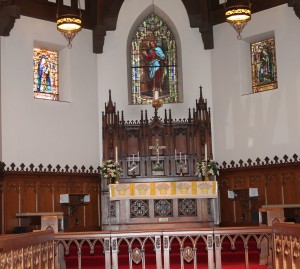
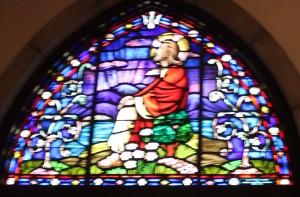
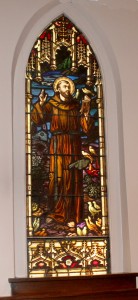
The church has many stain glass windows donated to the parish in loving memory of loved ones.
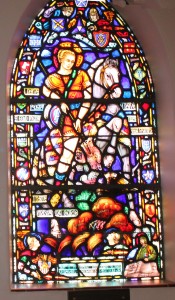
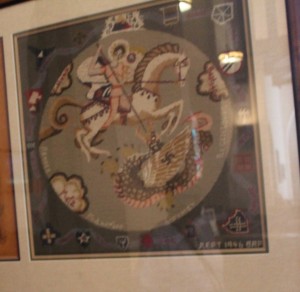
Of all the colorful windows in the Church of Our Saviour, perhaps the most outstanding is the General George S. Patton Memorial window. It was presented to the Church by his children and their families. The window was dedicated on October 13, 1946.
The design was adapted to the medium of stained glass from original needlepoint embroidery on which Mrs. Totten was working at the time of her father’s accident in Germany. General Patton showed great interest in this tapestry, which Mrs. Patton described to him during the fatal illness resulting from his accident.
The main figure is Saint George conquering the dragon. The scales of the dragon are the Nazi swastika. The blanket on the horse has a pattern made up of the insignia of the 4th, 9th, 11th, 13th 14th, and 16th Armored Corps which were under the General’s command during his dramatic sweep across war-torn Europe. Saint George’s shield is emblazoned with the insignia of the Third Army General’s command.
In cloud formations, below the figure of Saint George, appear what General Patton considered to be the three main battles of World War II — Metz, Coblentz and Bastogne. The four important cities of Rennes, Frankfort, Weimar, and Regensburg are shown being released from the stifling clutch of the Nazi dragon’s claw.
Surrounding the window is a decorative border topped by the insignia of the four corps under the General’s command during his final thrust into the heart of Germany. They are: the Pentagonal Wheel of the 5th Army Corps, the Windmill Blades of the 12th, the Triangles of the 3rd, and the Crosses of the 20th. Also shown in the border are the shoulder patches of the twelve divisions in his army: the Poleax of the 65th, the ‘71′ of the 71st, the Mountains of the 80th, the Four Leaves of the 4th, the Axe and Tree of the 70th, the Checkerboard of the 99th, the TO brand of the 90th, the YD brand of the 26th, the Diamond of the 5th, the Trident of the 97th, the Star-Indian of the 2nd, and the ‘1′ of the 1st. These are all bound together by a decorative treatment of the rivers that General Patton crossed in his German Campaign: the Innsi, the Iser, the Ems, the Rhine, the Somme, the Danube, the Saar, the Kill, the Sauer, the Moselle, and the Meuse.
The window is surmounted by the American Flag. In the bottom left-hand corner is the shield of the United States Military Academy at West Point. At the lower right General Patton is seen mounted in his tank wearing the redesigned Armored Force shoulder patch. The verse on the window is from Timothy 4:7: I have fought a good fight, I have finished my course, I have kept the faith.
The inscription reads, simply: “In Loving Memory, General George S. Patton, Jr. — 1885 – 1945.”
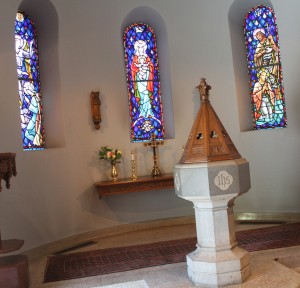
The church also featured an old fashion Baptism font.
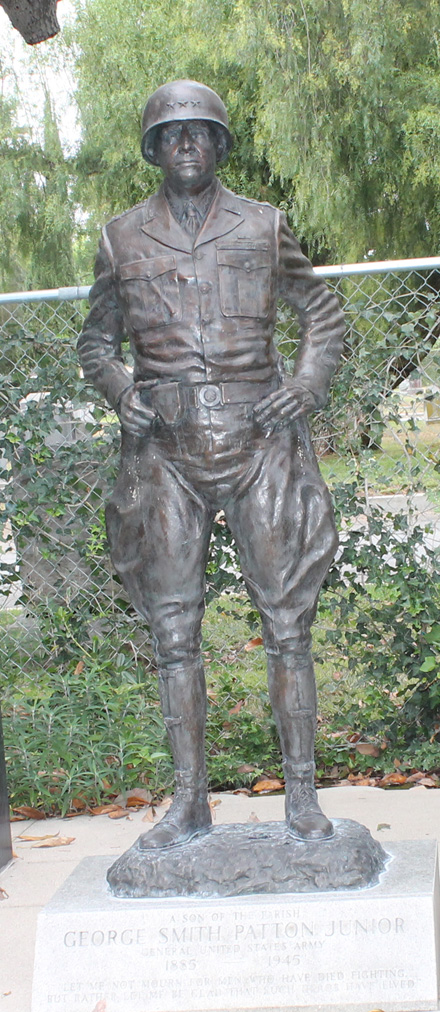
The statue of George S. Patton, Jr. is proudly displayed near the entrance of the San Gabriel Cemetery, which is not owned by the church.
The cemetery is located on 14 acres of land located in San Gabriel and San Marino. Foremost pioneers founded it in 1872.
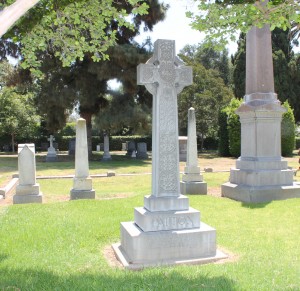
The Patton family members are buried here. General Patton was buried in Luxembourg American Cemetery and Memorial near his men.
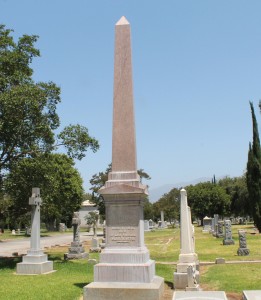
Don Benito Wilson and his family members are buried here. He was the Father of Alhambra.
This graveyard is the final resting places for Henry Huntington and his family members, Laura Scudder and her family members, members of the Graves family and many more prominent pioneer families of the San Gabriel Valley.



